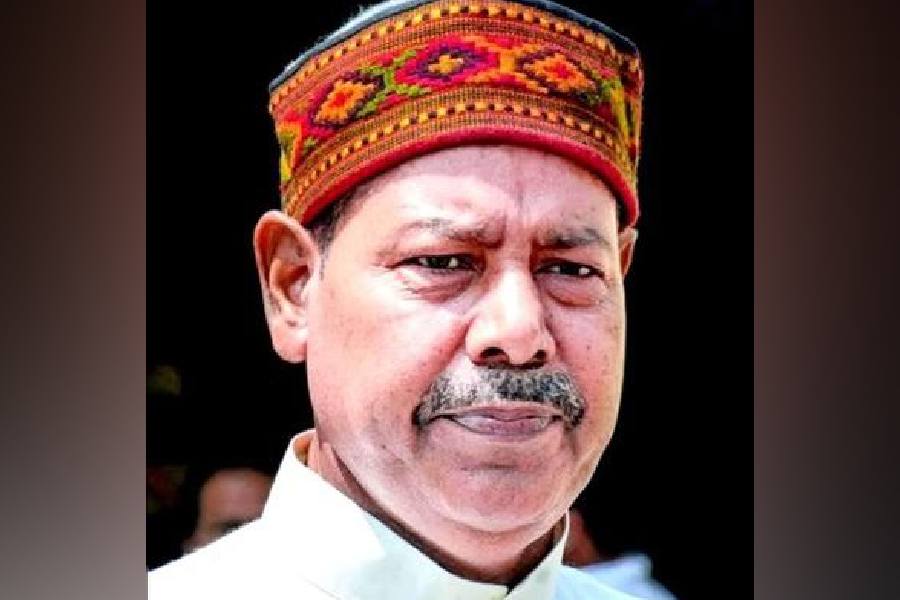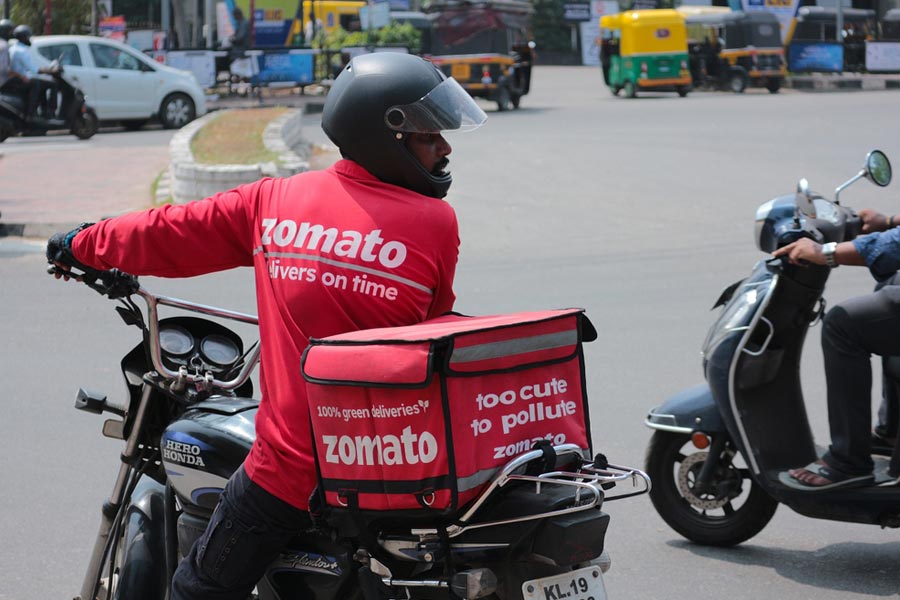Sand choked the nostrils as a gust of wind blew the kaffiyeh away from the face as I stepped into the Gaza Strip on a cold and windy night early in the winter of 2011 through the Rafah crossing with Egypt.
The next day, 300 metres from the fence that separated the enclave from Israel — 300 metres because that was the “buffer zone” — to the east, Shafen Karmout, then a 65-year-old farmer of olives and vegetables whose land adjoined the border, said he had not been able to water his crop for a fortnight because the Israelis were firing at everyone.
I learnt after my return to India that he had been shot eight days later by a sniper.
But on that dark night that early January, we squeezed through the Rafah terminal, hungry and thirsty, after being detained at Al Arish in northern Egypt, the gateway to Gaza from the southwest. The Egyptian security personnel there were demanding bribes.
I was covering for The Telegraph the first Asia to Gaza Caravan, a humanitarian aid mission that was taking relief, food and medicines over land through Iran, Turkey, Syria, Lebanon and Egypt to the besieged in Gaza.
A smaller contingent of the participants in that mission sailed on a rusty tub, named the Salam, from Latakia in Syria to Alexandria in Egypt. On the way they were buzzed by Israeli aircraft and followed by gunboats.
Israel had imposed a land, air, and sea blockade that continues to this day. The “Arab Spring” was just about breaking out from Tunisia since the December of 2010 and was yet to singe Cairo.
On Monday, the Israeli defence forces said they would starve Gaza of food, water and electricity during the latest wave of war against the Hamas, which had killed an estimated 600 Israelis in attacks since Saturday.
That is nothing really new for the people of Gaza. It means that more children will be born in captivity, as has happened for 75 years since the refugee enclave was established in 1948.
The Gaza Strip is bordered by Egypt to the southwest and by Israel to the east and north. To the west is the Mediterranean Sea. It is 5km to 12km wide. It has an area of 365sqkm, about a quarter of the acreage of Calcutta. In 2011 its estimated population was 1.3 million. Now the population is estimated to be more than 2 million, half of them children.
On that cold and dark night the bus to Gaza City, in the northern district of the strip, sped on Salahadeen Road, named after the 12th-century sultan who waged war against Christians during the Crusades.
The Salahadeen Road runs the length of the Gaza Strip from the Rafah Terminal to the Erez Crossing, about 42km, with Israel in the north. These were the only two land crossings that were partially open, subject to restrictions.
Often, the bus left the road because of detours – to avoid Israeli checkpoints, for there were Jewish enclaves within the enclave – or was stopped by white-and-red-checked-kaffiyeh-wearing police.
The white-and-red checks, I was told later, were the sign of the Hamas, unlike the white-and-black checks identified with the Al Fatah of Yasser Arafat’s Palestine Liberation Organisation (PLO) that controlled the Palestinian Authority in the West Bank. In 2006, the Hamas won the PA elections in the Gaza Strip.
But even in 2011, when I was in Gaza, the Hamas was by no means the only political outfit. It was dominant, yes, but I also met volunteers of the Islamic Jihad, the Muslim Brotherhood and a Christian outfit.
In the 12 years since then, there have been three rounds of invasions by Israel into the strip and probably uncountable air strikes and sniper firings that were — unlike this time – not officially declared as “wars”.
Two nights before I crossed in through Rafah, Israeli jets had bombed hamlets in the district. “They suspect there is a tunnel from here to Egypt,” a Gaza administration official said.
The following day I was near the site accompanied by a journalist in Gaza, Ashraf Shannon. As we shared a cigarette, he turned towards me, his back to Israel in the east, and said: “Don’t point that way, you are being watched; you go beyond this point and you could be shot.”
There were piles of rubble all along Salahadeen Road and in Gaza City itself. It is congested, yes, but we have many such congested, stinking, decrepit enclaves across cities in India where water is scarce and hospitals run out of medicine.
Being an Indian journalist helps to make one more seasoned to such shocks, unlike western journalists. Flies buzzing over gutters and garbage in densely populated urban slums will not make us puke as a natural response.
Indeed, I remember reporting after a visit to a children’s hospital in Gaza City where I met the mother of two-year-old Yusuf who was born blind.
“At the Al Quds hotel (where I stayed) in the city’s Mina (port) area, it’s possible to sit out on a balcony sipping tea, facing the blue Mediterranean to the west and watching over an urban sprawl to the north that stretches all the way to the smoking chimneys of a power station in Israel,” I had reported.
The power station is in Ashkelon, one of the towns in southern Israel that was attacked by the Hamas last week. At night, the amber halo of the sodium vapour lights of Ashkelon can be seen from that balcony, if it still exists.
In the tour of the border that I was given by officials of the Palestinian Authority, run by the Hamas, from the south to the north and back, the road was sometimes broken. We drove part of the way, trekked part of the way.
The terrain is mostly flat and sandy. It is far more friendly than the landscapes the Indian Army has to patrol on its frontiers with Pakistan and China, and it is a minute fraction of the size the Indian security forces guard. (Israel is about the size of Manipur.)
On the Gaza-Israel border, the “smart fence” or, in the north, a wall, was fitted with viewing devices and sensors. Aerostat balloons — surveillance devices tethered in Israeli territory — lined the border.
All mobile phones were dependent on Israeli or Israel-controlled networks and could be messaged and/ or jammed at any time. It beats me how the Hamas could have broken through that buffer zone and the fence without the Israelis knowing.
The Gaza administration officials took me to a football ground for teenagers, the Al Tufrah Sporting Club, which was at the time holding an exhibition of weapons used by the Israeli defence forces – shrapnel and parts of Hellfire missiles; 1,000-pound bombs that they said contained white phosphorous, an incendiary banned by international law; Nimrod bombs fired from Apache attack helicopters.
I saw probably the most significant relics of modern wars on that assignment. Not in the Gaza Strip but near Saida, about 45km from Beirut in southern Lebanon, controlled by the Hezbollah. Since Sunday, October 8, Israeli armour is headed towards that area.
On Christmas Day in 2010, on a hilltop called Mleeta, where the Hezbollah runs an open-air museum called the Matbaf al-Muqawama — the Museum of Resistance — the striking artefact was an Israeli Merkava IV tank, its turret half-buried in the ground, its barrel “twisted like a badly knotted pyjama string”.












